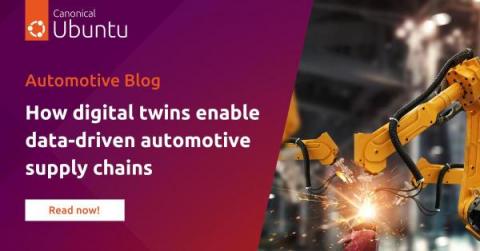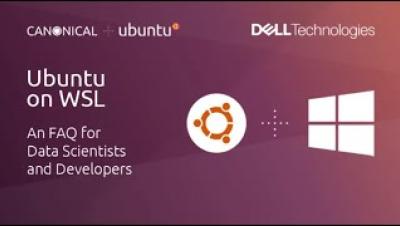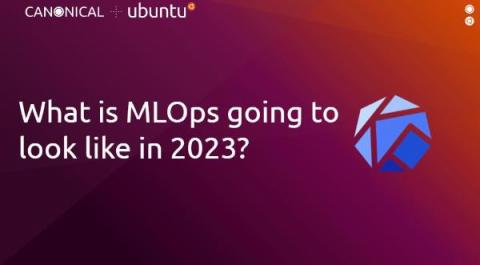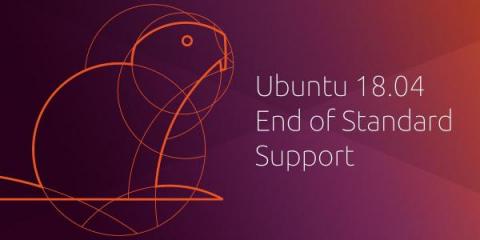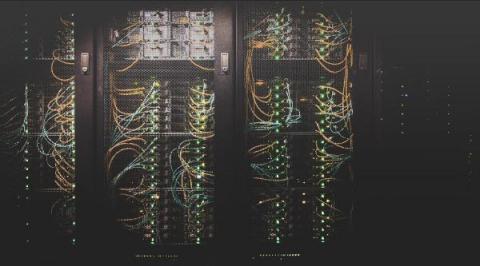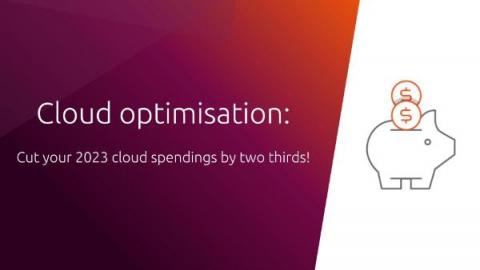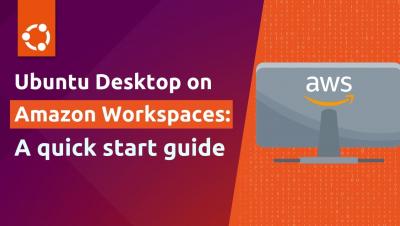How digital twins enable data-driven automotive supply chains
The automotive industry is facing one of its biggest revolutions since the advent of automation. In this post, we will go through the Industry 4.0 aspects and how OEMs can turn these challenges into opportunities. To put it simply, the first Industrial Revolution relied on steam power, the second one on electricity and the third one on computers. What about the fourth Industrial Revolution everyone is talking about? I would describe it as a data-driven revolution.


